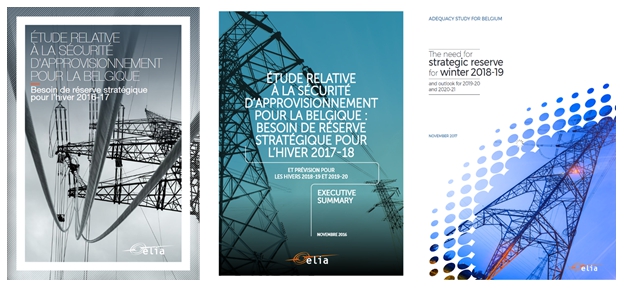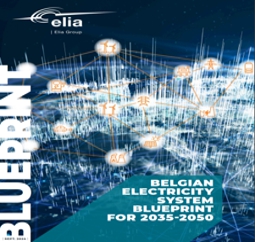Antares-Simulator provides the software basis on which the French Generation Adequacy Report is built. The tool is also proving very efficient in quite different contexts, such as the establishment of the European Ten-Year-Network-Development-Plan (TYNDP) report, under the responsibility of ENTSO-E, the European Network of Transmission System Operators. Other examples of use on a wide basis are given by European projects like Osmose or E-Highway 2050, whose highly demanding requirements regarding calculation performances were adequately met by Antares-Simulator.

The French Generation Adequacy Report is a reference document which informs public discussion around issues related to the future of the electric consumption and generation. It studies the risk of the production fleet not being able to satisfy the French electrical demand over a medium-term period of 5 years and explores several long-term scenarios of evolutions of the European energy system, up to 2035.
Since 2012, the simulations of the French generation adequacy report are performed with Antares. The stochastic approach of the software allows a robust assessment of the security of supply margins covering a large scope of possible situations that the power system could face in the future. In addition to the report, results of the adequacy study are shared on an open-data platform whose realisation is mainly based on the output visualisation R packages.

The TYNDP is a long-term plan on how the electricity transmission grid should evolve in Europe to implement the Energy Union strategy. It is published every two years by the ENTSO-E (the European Network of Transmission System Operators). It complements national network investment plans and looks at the benefits of new grid development projects in long-term energy futures. The benefits are analysed through several indicators such as how the project help to deliver the European climate targets, market integration and security of supply. Since 2016, the TYNDP also looks at some storage projects, mainly hydro pumped storages.

Elia is publishing every year a probabilistic analysis of Belgium’s adequacy for the upcoming winter which sets out the volume of strategic reserve required to adequately meet the legal criteria in terms of security of supply. The market simulations made in the framework of this study are carried out by Antares-Simulator.
This study is an important element for the Federal Minister for Energy to take into account when deciding on the required volume of strategic reserve.

E-highway 2050 (2012-2015) is a European project which has been supported by the EU Seventh Framework Program. It aimed at developing a grid planning methodology and to apply it over several trajectories in line with the ambitious objective of the EU Energy Roadmap towards 2050. Robust network development strategies have been built using extensive simulations made with Antares-Simulator over a perimeter of more than one hundred regions covering all Europe. The project identified corridors, or so called “e-highways”, where grid reinforcements will be of particular interest in order to match with the increased needs of energy exchanges in the future.

The Belgian Electricity System Blueprint for 2035-2050 is a pivotal study that has been significantly shaped by Antares' advanced modeling and simulation expertise. Antares' multi-energy modeling capabilities provided critical insights into the interaction between electricity and other energy carriers, helping to develop scenarios for achieving Belgium's net-zero targets. With Antares' support, the study evaluates a wide range of strategies, including renewable energy expansion, new nuclear options, and international offshore collaborations. By integrating Antares' in-depth techno-economic analyses, the blueprint offers strategic recommendations for policymakers, emphasizing the need for immediate action to secure a sustainable and resilient energy future for Belgium by 2050.
The KARI model, developed by Elia, is a core element of the Belgian Electricity System Blueprint for 2035-2050. As a zonal electricity model, KARI simulates the electricity system with high hourly granularity across various geographical zones. It optimizes the balance between electricity demand, generation, and storage while evaluating grid performance and costs under different scenarios. The model assesses the integration of renewables, new nuclear options, and cross-border electricity flows, offering crucial insights to support strategic planning and decision-making for Belgium’s future energy system.
